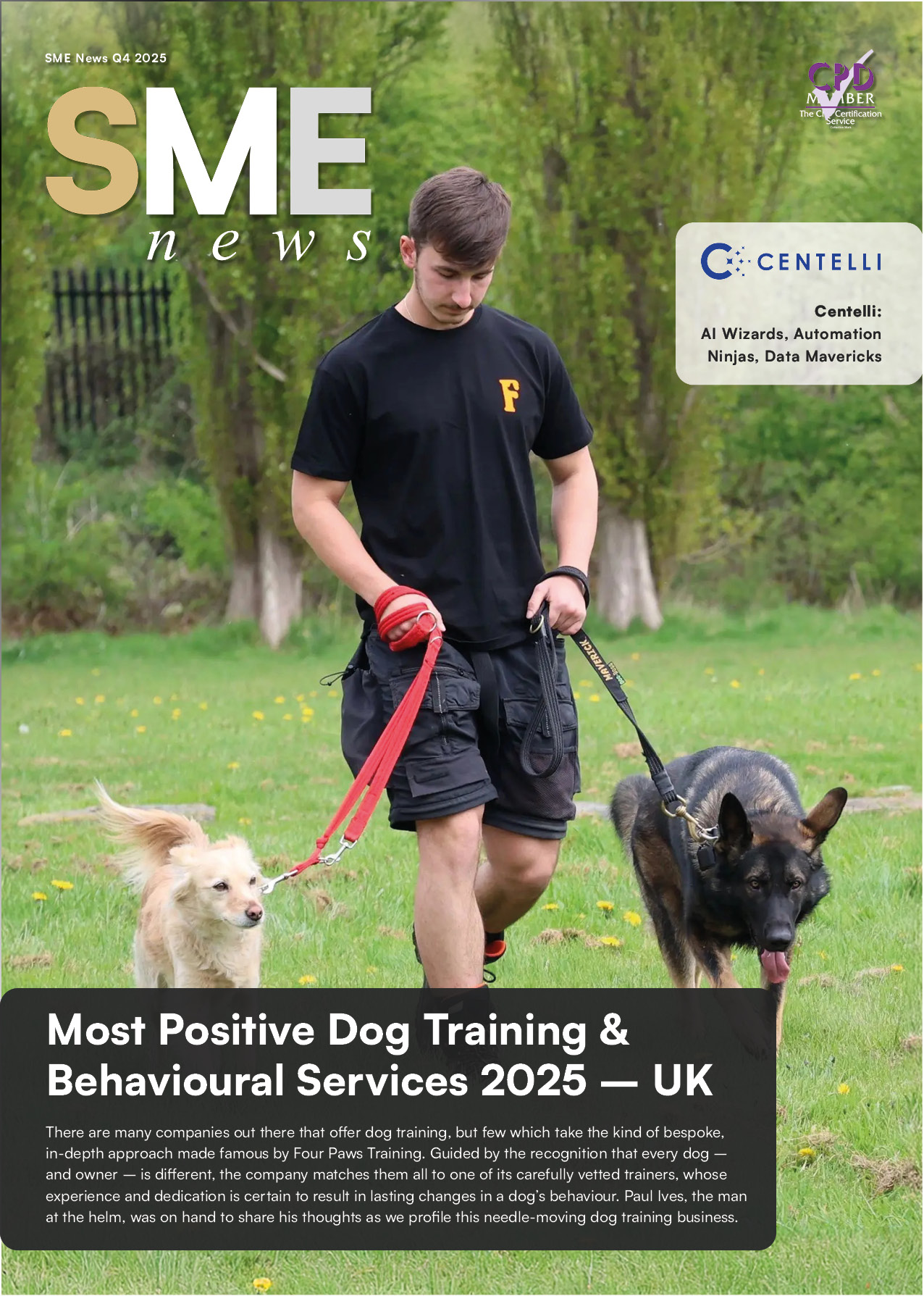
By Helen Steel, Managing Director at Streamlion Consulting
Grant funding is one of the most powerful, yet underutilised, tools for business growth. It provides non-dilutive capital – allowing businesses to innovate, scale, and drive economic impact. However, the competition can be fierce, and success depends on far more than just meeting the eligibility criteria. The most successful applications look at a grant as an investment – funders want to see a return, whether in innovation, job creation, or industry advancement.
We’ve supported over 775 businesses with expert guidance on funding, growth strategies, and business development—helping them secure more than £14.5 million in direct funding and driving over £100 million in business growth. Through this experience, we’ve identified the critical factors that separate winning applications from those that fall short. The key is aligning your business’s vision with the funding body’s strategic goals; presenting a case backed by evidence and demonstrating how your project will deliver a lasting impact. We are sharing our essential do’s and don’ts that will improve your chances of securing funding.
Five Things to Do:
Research thoroughly
Once you have explored the grant options available and read the requirements thoroughly, you must ensure your project goals meet the eligibility criteria. Every application needs to be tailored specifically to the guidelines, explaining to the reader exactly how the business will use the funding and why it aligns with their needs.
Provide evidence of impact:
Any claims must be backed up by hard facts and figures. This can include metrics, case studies or real-world evidence. Be prepared to elaborate and show explicitly how they connect to your business or project.
Show a clear funding plan:
Throughout the application, demonstrate exactly how the funds will be used and the expected return on investment. Every section must call back to this and illustrate why you should be awarded the grant.
Highlight innovation, IP, and market positioning:
Emphasise what sets your project apart from the competition. How your Intellectual Property will be protected or leveraged, and how you compare to the Nearest State of the Art (or competitors). When judges/assessors mark applications, they are looking for new and unique ideas.
Demonstrate your go-to-market strategy:
Assessors will be looking for a clear plan for rapid commercialisation post-project, ensuring long-term success beyond the funding. You must have a plan in place beyond the initial term of the grant.
Five Things to Avoid:
Ignoring guidelines:
Use the guidelines as your bible. Never submit a generic or template-heavy application. If you are unsure of writing styles or need help with the submission, consult with a grant specialist who can aid you in the process.
Overpromising:
It is important to be ambitious but realistic. Exaggeration can damage your credibility if you are unable to deliver on what you have set out to do.
Underestimating timelines:
Take time to plan, read through associated documents and brainstorm your responses. Rushed applications often lack depth and polish.
Providing vague answers:
Avoid being vague on the project’s purpose, execution, or results – especially when discussing IP or technical innovations. These need to be set out in detail with supporting material.
Neglecting to address IP ownership or protection:
If the grant involves innovation, failing to explain how you’ll manage IP rights and take your product to market can be a red flag for assessors. It shows a lack of experience and knowledge of the business landscape.
A successful grant application is a strategic exercise that requires forward-thinking, rigorous planning, and a clear articulation of value. Many fall short, not because they lack the potential, but because they underestimate what funders are truly looking for: credibility, viability, and a demonstrable return on investment. At Streamlion Consulting, we specialise in helping businesses craft applications that stand out – the right approach can transform your funding prospects and unlock new opportunities for growth.








